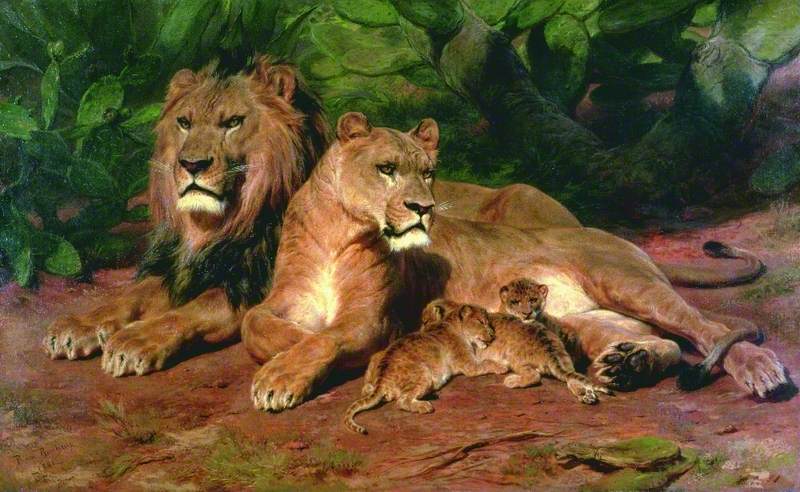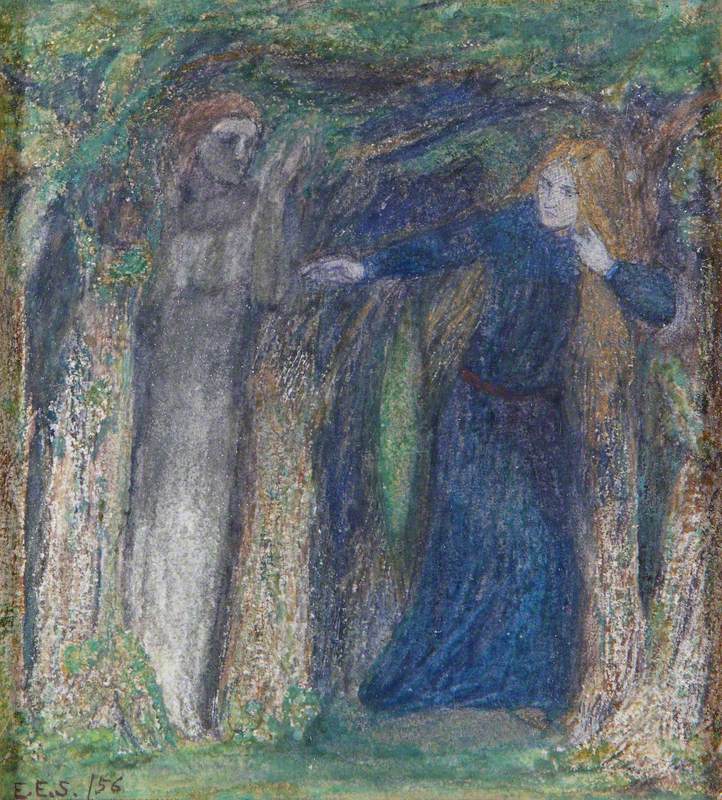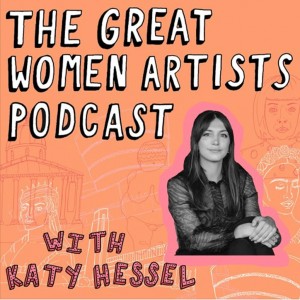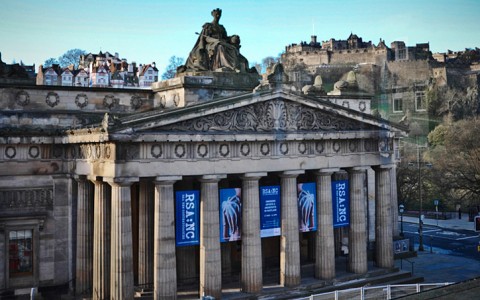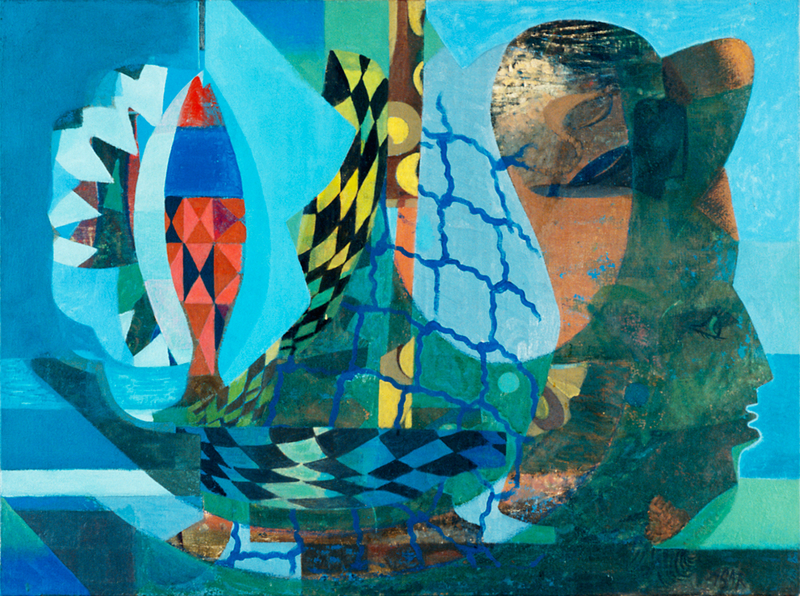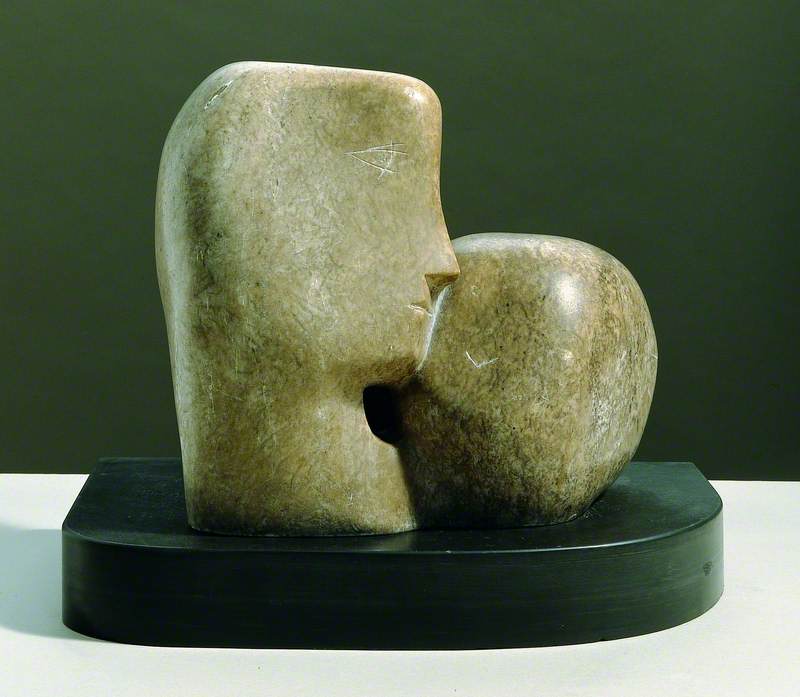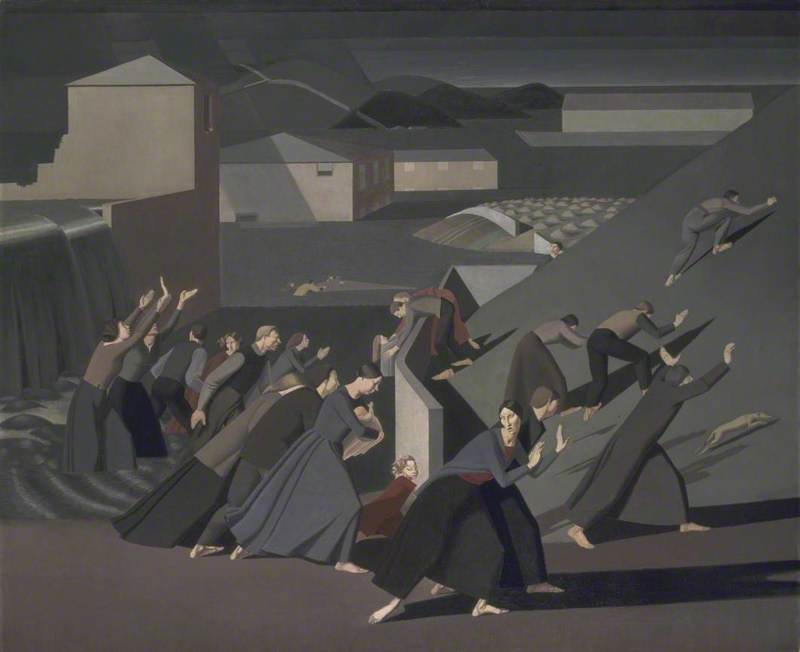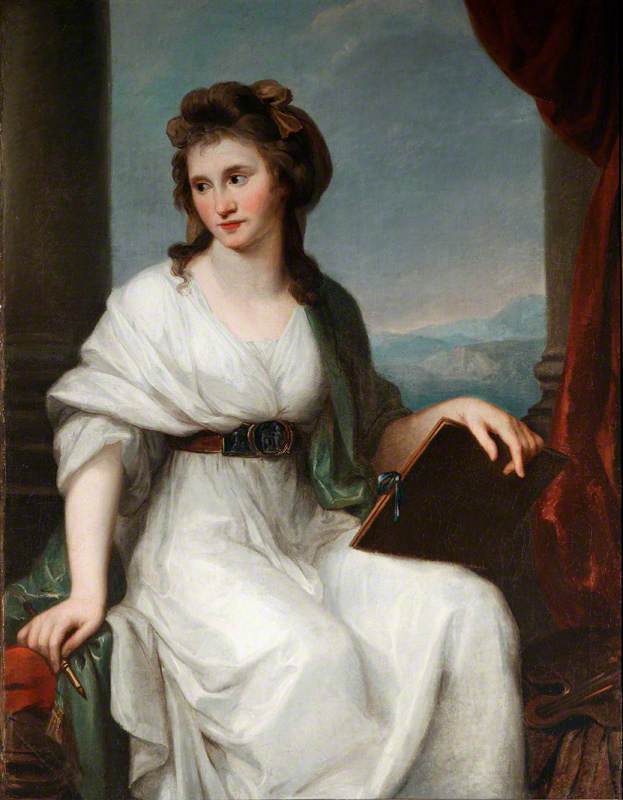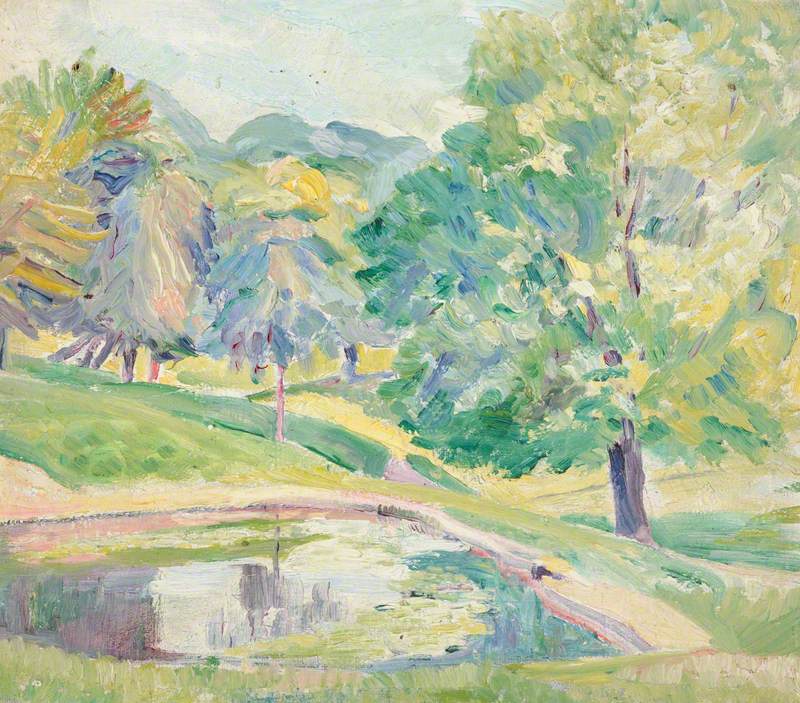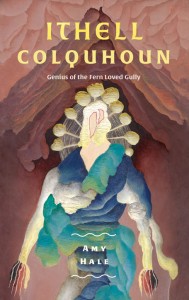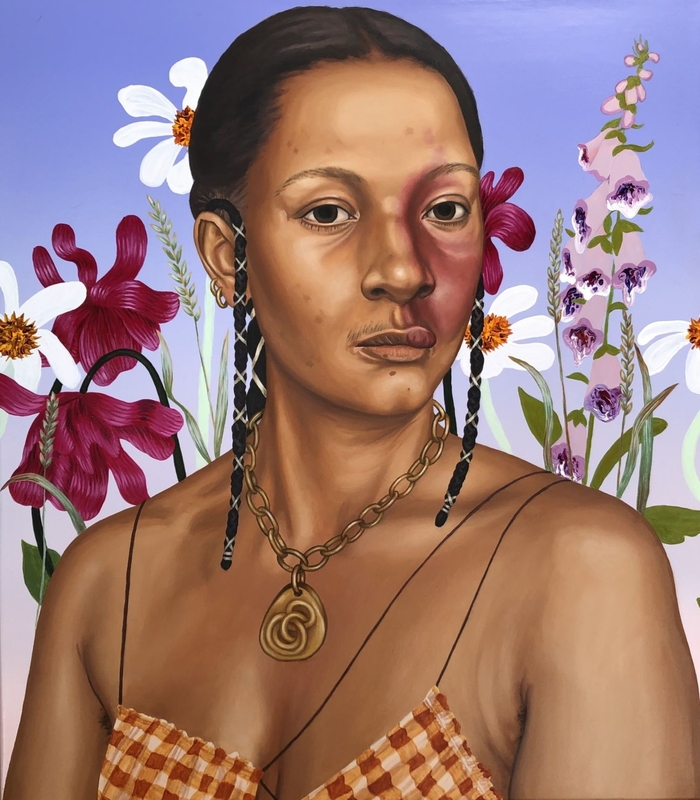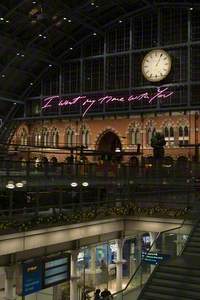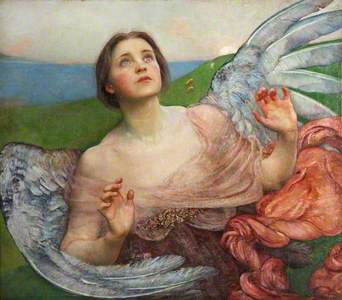It is undeniably true to say that women artists have been overlooked throughout history. We largely know the reasons and they make uncompelling and uncomfortable reading – sexism, misogyny, and the dominance of men's power in the patriarchal societies in which many women lived. Women artists have had specific challenges too – the sheer technical knowhow required to create art means that historically artists would have to study for years. And these opportunities were frequently just not available to women.
Self Portrait of the Artist Hesitating between the Arts of Music and Painting
1794
Angelica Kauffmann (1741–1807) 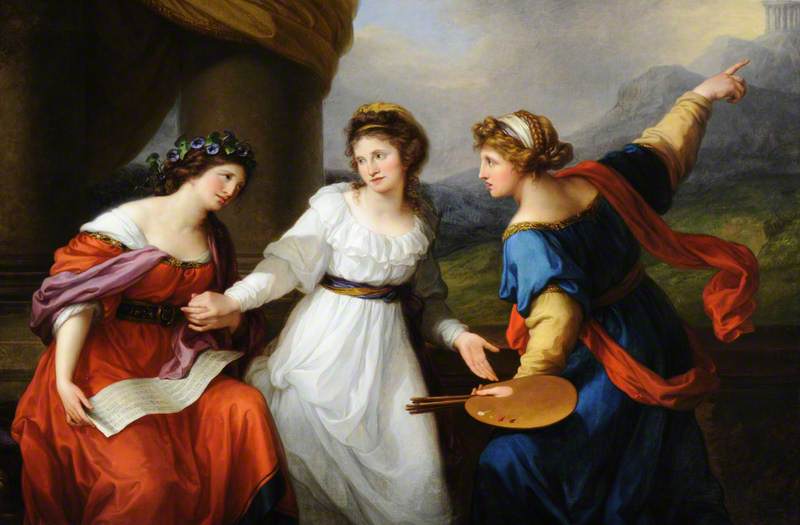
Whether it's learning how to be a good draughtsman (impossible to escape the inherent sexism in the name), how to draw the nude form from life, or even how to mix paints, these skills demanded some level of tuition – tuition that was denied to all but a few women, often those wealthy enough to support themselves, or those who had another artist in the family.
Even when an artist was able to gain a decent artistic education, often women artists were expected to concentrate on flower paintings or scenes of domestic life. 'Serious' subjects were again reserved for male artists to interpret.
All this points to a series of historic injustices. The feminist art of the past fifty or so years has frequently engaged with these issues, and there are important and valuable books being written on the history of women artists and their works. Madam and Eve by Kathleen Soriano and Liz Rideal examines how women have portrayed women, Muse by Ruth Millington takes a fresh look at the dynamics of creativity, and Katy Hessel's The Story of Art Without Men has won accolades for its bold approach – all these and more are contributing to better coverage of women artists.
In addition, many galleries and museums are taking steps to redress this historic imbalance through collecting women's works and creating exhibitions.
Perhaps of particular note are the collections such as Rediscovering Art by Women and the Women's Art Collection at Murray Edwards College, Cambridge – both collections solely devoted to works by women.
Glasgow Women's Library also collects art that celebrates the lives and achievements of women, championing their historical, cultural and political contributions to Scotland.
Despite these ongoing efforts, women remain underrepresented in collections and exhibitions. Sometimes it can be difficult to find their works or even to know where to start looking.
There are thousands of women artists represented on Art UK – it is difficult to calculate a precise figure as there are many artists only recorded with initials or surname, plus there are thousands of works that are catalogued as 'unknown artist' or 'British School' or are similarly vague. However, we estimate that there are around 8,000 women artists with works on Art UK as of March 2023, represented by around 20,000 artworks.
To give you a place to start exploring their works we have created 26 Curations of women artists, divided up by surname, from A to Z.
The set of Curations contains works by 1,000 female artists in total. You won't find the likes of Frida Kahlo or Hilma af Klint as their works are not in UK public collections (yet), but you will find a wealth of art from works by Eileen Agar to Doris Zinkeisen – and plenty more in between.
If you want to explore by letter, here's the A to Z:
Hopefully we've made it as easy as Anguissola, Bell, Cassatt to start exploring.
Additionally, here are a few familiar names, and a few you might not have heard of – just to whet your appetite.
Let's start with Lubaina Himid, contemporary artist and the first woman of colour to win the Turner Prize. Her work is often concerned with repositioning the stories of marginalised people.
Many other Black women are represented in the list, from Sonia Boyce and Veronica Ryan to Lynette Yiadom-Boakye and Barbara Walker. All of these artists deal with issues of representation and race with in their work in one way or another, but you may not have come across the work of Hannah Uzor, whose contemporary portraits of historical figures draw a parallel with Himid's works.
Aina, Sarah Forbes Bonetta Davies (1843–1880)
2020
Hannah Uzor (b.1982) 
Barbara Hepworth is one of the most famous sculptors of the twentieth century – her home and studio in St Ives is now a gallery and sculpture garden run by Tate.
But many other women sculptors were working during that time. One was Mary Spencer Watson, who created modernist works such as this figure, titled Elisha.
The Surrealist Eileen Agar is mentioned in the blurb of each Curation as a handy 'A' name, but her important works have been collected by many galleries and she had a major retrospective at Whitechapel Gallery in 2021.
Another Surrealist who is perhaps lesser known is the artist Ithell Colquhoun, whose wonderful works make you look again and again...
Bridget Riley is known for her abstract works, often referred to as Op Art. The patterns, shapes and colours create overall works that draw the eye in and mesmerise the viewer.
However, decades before Riley's first work, the Irish painter Mainie Jellett was a pioneer of abstract art.
The National Gallery acquired Artemisia Gentileschi's work Self-Portrait as Saint Catherine of Alexandria in 2019 to much fanfare – Gentileschi was in fact only the eighth woman to have a work in the National Gallery's collection.
Self Portrait as Saint Catherine of Alexandria
c.1615–1617
Artemisia Gentileschi (1593–1654 or after) 
The work is rightly famous, but did you know that Joan Carlile was one of the first British women known to have painted professionally? Mary Beale was working at a similar time, and you can see both Carlile and Beale in our lists.
The Carlile Family with Sir Justinian Isham in Richmond Park
Joan Carlile (c.1606–1679) 
Self Portrait, Holding an Artist's Palette
c.1675
Mary Beale (1633–1699) 
The French artist Rosa Bonheur was particularly adept at painting animals. However, she was also well known for wearing men's clothes, which was unusual in nineteenth-century France – and therefore remarked on by those who wanted to police women's dress.
Another artist who dressed unconventionally for her time, Ethel Walker concentrated on painting women. This painting, one of her self-portraits, shows her in shirt, tie and jacket – again unusual at the time, and again, remarked on by men.
Tracey Emin is one of the key figures to come out of the Young British Artists movement of the 1980s and 90s. Her works are often deeply personal in nature and range across various mediums.
Had Pauline Boty not died at such a young age, she might have been more recognised today. Her works are still a vital part of Pop Art in Britain – like Emin, she was an important member of a movement that defined the times.
Women have worked in different mediums – you may have heard of photographper Julia Margaret Cameron, who captured famous Victorians such as Charles Darwin, while also experimenting with the new medium.
You may not have heard of Olive Edis, who was so well-renowned as a photographer that she was commissioned to capture members of the royal family and Prime Minister David Lloyd George.
The political image of Lloyd George is a reminder that many women artists joined the struggle for women's right to vote. You may be familiar with the works of Manchester-born Annie Swynnerton who was a passionate advocate for women's rights, and a non-militant suffragist. She was elected an Associate of the Royal Academy (ARA) in 1922 – the first woman to be elected to any honour since the Academy's foundation in 1768.
The artist Amy K. Browning favoured an Impressionist style – she was good friends with the prominent Suffragette Sylvia Pankhurst, as they had met at art school.
As with all lists of artists, there are limitations. To begin with, the women featured in the Curations are only those represented in UK collections. Art UK itself is constantly growing, adding works from hundreds of collections all the time. So as more collections acquire works by women artists, these will appear on the site. Art UK is also continuing to diversify the database in terms of medium – from oil paintings to expand to include sculpture, works on paper, textile art, photography and more. As the representations of these increase, so will the art made by women.
But these Curations are offered as a place to start – a scratching of the surface and a call to all those interested to start exploring, researching, learning – and perhaps, most of all, enjoying – art made by women.
Andrew Shore, Head of Content at Art UK
There's plenty more to discover on Curations – such as this one by Alice Strang all about modern Scottish women artists. You can also create your own Curations and share them with the world.











